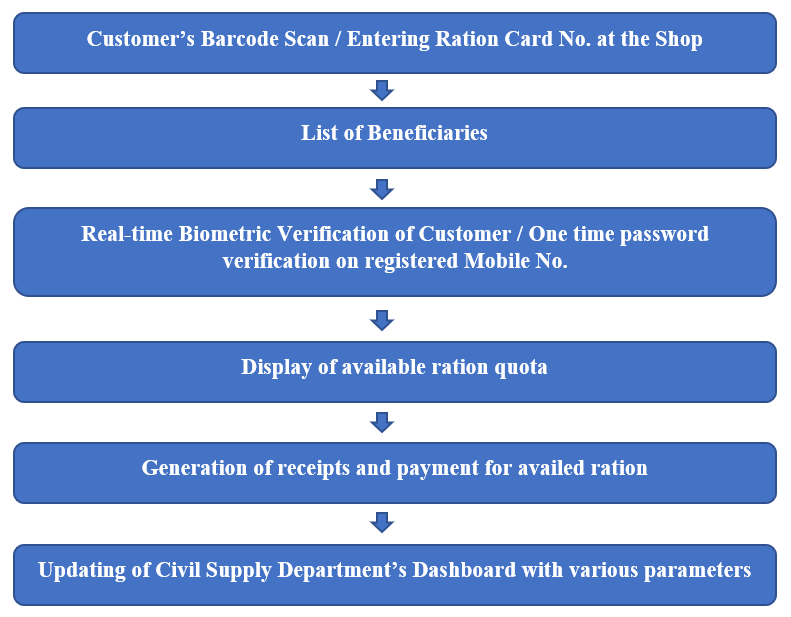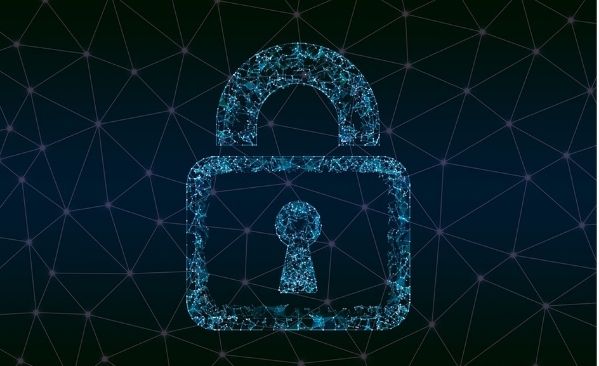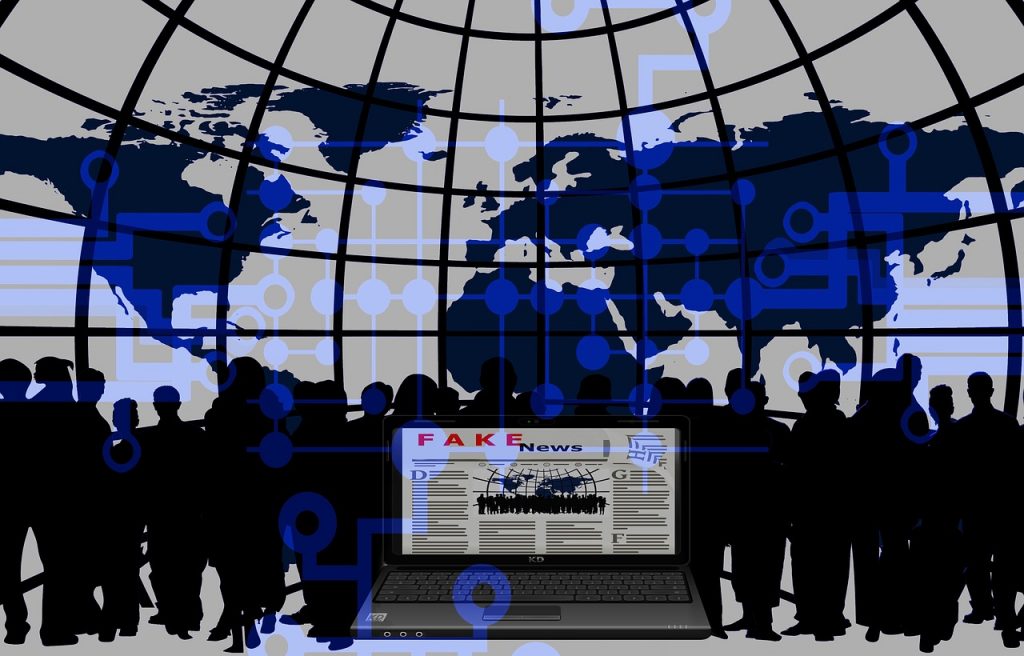Subsidized rationing or Public Distribution System (PDS) forms the core of survival for many families. The manual ration distribution mechanism had some flaws which doesn’t guaranteed access of ration to beneficiaries, while ensuring lack of transparency & grievance redressal mechanism and leakages in supply chain of food grains in-turn maximizing loss to public exchequers. Digitization seemed to be the way forward to eradicate the prevailing inefficiencies.
Digitization of PDS was initiated with the aim to track the movement of food grains till its designated beneficiaries and to weed out fake or duplicated ration cards from the system by the way of linking beneficiaries ration cards to their Aadhar No. This digitization also revolutionized the supply chain with automated public distribution supply by plugging in existing leakages.
Since the initiation of digitization drive, seeding of Aadhar details with Ration Cards is steadily going on but failure in linking these details can devoid beneficiaries of their entitled ration. Failure in biometric authentication can also rule out entitled ration to the designated beneficiaries. Also, e-PoS machines may sometimes remain non-viable due to connectivity and network issues.
A primary issue of the existing PDS is the lack of transparency in the entire supply chain process; most of the flaws or manipulations occur at different stages. Blockchain could manage ration supply more efficiently along with crystal clear transparency using distributed ledger technology (DLT). A decentralised platform could track and record the supply chain process from procurement till ration disbursement.
Flow of PDS Execution
Farmers grow the food grains and sugarcane which are then acquired by the government under the stipulated minimum support price (MSP). The central government identifies and collects raw food stock from private millers. Further, it is transferred to state-wise food grain stores and distributed to various block godowns. From the block storages, ration items are moved to fair price shops (FPS) for subsidized distribution to all ration cardholders.

Working of e-PDS

Benefits Derived from PDS Digitization:
- Check on corruption
- Plugging leakages
- Removing of ghost and duplicated beneficiaries by digitizing the database. 4.39 Crore bogus ration cards removed from system (*)
- Substantial saving of public exchequer money
- Toll free number and dedicated grievance redressal mechanism
Prevailing concerns with ePDS:
- Sometimes due to unavailability of data connectivity, customer’s credentials are registered and verified locally, later to be updated with the system.
- Incorrect linking of Aadhar details can cause exclusion of beneficiaries from the system
- Biometric failures can also cause loss of provisions by the designated beneficiaries
- Variations in States regarding the procedures like use of PoS devices and linking of Aadhar No.
Blockchain bridging and securing the future:
Introducing a Blockchain based framework can be a effective solution for bridging in loopholes in the complex combination of the above processes. It will help in designing a structured and integrated process having capabilities to remove the inconsistencies with the provision of uniform procedures and solutions.
With Blockchain, a decentralized mechanism can be introduced for the provision of secured transactions and keeping track of ration while creating a secured framework, where every node can participate in reviewing and verifying the updates. Every transactional details of the produce gets recorded in the digital ledger, simultaneously helping in tracking the status.
How the Blockchain enabled service delivery can work:
- Real beneficiaries are identified with seeding of Aadhar details with Ration cards
- Procurement of produce by Government in accordance with calculated demand, blockchain enabled application will take requests from State Governments and will initiate logistical compliances of produce for deliveries
- Logistic partners to act as a contributor with them having access to Blockchain application for real-time tracking
- State Government to plan deliveries to District/Zonal offices in accordance to the feasibility
- Fair price shops to update the sale transactions in the system. Would also be able to file demand for produce for upcoming period.
Prospective Benefits:
- Decentralized mechanism securing the whole system against network and system failures
- Security from the prevailing several cyber threats
- Eradication of adulteration, black marketing and theft of produce
- Uniform system, facilitating migrants of service delivery across India
- No fake sales bookings
- Ease of monitoring and tracking for Governments
- Effective logistical planning
*Source – https://pib.gov.in/Pressreleaseshare.aspx?PRID=1670547



